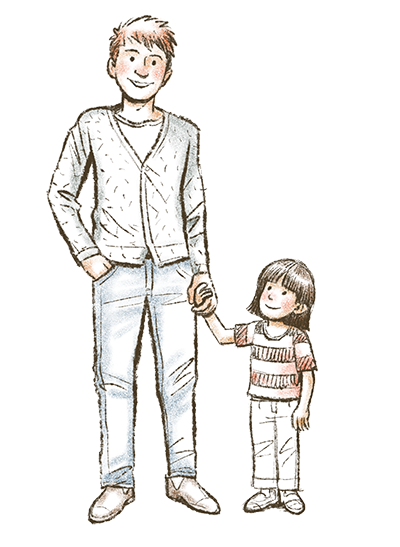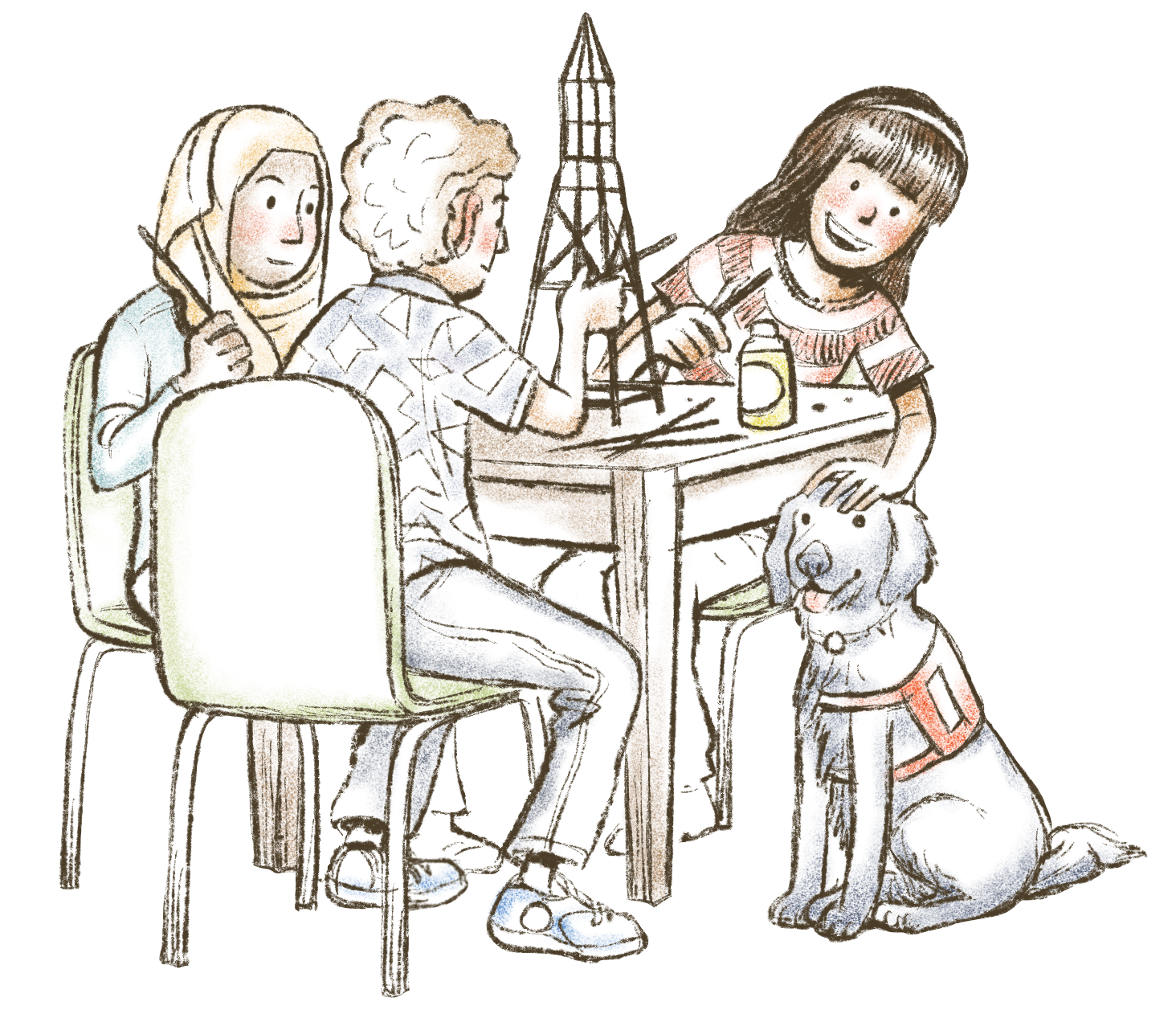Although English is the language most used in BC, French is an official language in Canada. Francophone students have access to Francophone schools located across the province. Click to read more
Are you a parent/guardian who is trying to determine which French program would be most beneficial for your child? You may find it interesting to know that BC offers four French-language programs, each with very different objectives. Click to read more

French education programs are only for "elite" students with a perceived need for academic enhancement.
French education programs are inclusive and can benefit all students.
Diversity is one of the prominent features of our society and our schools. Each student brings a unique background and a perspective that contributes to the richness of our classrooms and student learning experiences. Click to read more
One way BC’s curriculum supports inclusion and diversity is the move to competency-based learning that allows educators the ability to tailor lessons to ensure the meaningful participation of each learner. Click to read more

A student having learning difficulties in a French education program should be removed and placed in an English education program as soon as possible.
Often the reason for the struggle is not connected to French language learning, so removing the student from the French education program will not eliminate the difficulty. Removing a student from the program should be considered on a case-by-case basis, and the decision made in the best interests of the student.
British Columbia promotes an inclusive education system in which students who need additional supports are fully participating members of the learning community. Click to read more
Students with disabilities or diverse abilities are entitled to the same supports in a French classroom as they would get in an English classroom. Click to read more
Every student should be provided with the educational supports to allow them to access the curriculum. Click to read more

Designing a lesson with a typically-developed student in mind is an effective approach to teach to diversity.
There is no such thing as a typical student; all students are unique. Learning design is most successful for all when it starts with determining curricular goals that all students will achieve, considering students who require the most supports, and then adding goals that only some students will achieve.
Universal Design for Learning (UDL) is an educational framework that addresses the diversity of learners in classrooms. Click to read more
BC’s modernized curriculum helps to prepare all students for the future. Click to read more
Technology can support a more inclusive and personalized learning experience for each student. Click to read more
Read Paving the Way to a Better Tomorrow ![]() and I am Part of Canada
and I am Part of Canada ![]() that illustrate how effective Learning Design can support the needs of all learners in the classroom.
that illustrate how effective Learning Design can support the needs of all learners in the classroom.

Students with diverse learning needs will not receive the level of support they require in a French education program.
Just like any education program in BC, French education programs are inclusive learning environments where students benefit from peer collaboration, and support from teaching and non-teaching professionals.
Educators welcome students in the learning community and create inclusive and positive learning environments through the way they interact with students, design lessons and activities, and even organize physical space. Click to read more
Today’s educators work on being creative and flexible in their approach to the curriculum while striving to meet the needs of all their students. Click to read more
The classroom teacher does not work alone. Teachers collaborate with other teaching and non-teaching professionals to discuss the supports they are providing students and identify ways they can help their students succeed. Click to read more
Effective communication between the home and the school is central to student success. The language of communication varies from one program to the other. Click to read more

Inclusion happens when diverse students are placed together in the same learning community.
It takes a shared vision, teamwork, and commitment to create inclusive learning environments that celebrate student diversity.
The Ministry is committed to recognizing and honouring the Diversity of all students. Click to read more
All students have a right to learn. Our society is diverse, and so are our learning communities. Click to read more
School leaders play a key role in creating and promoting a school culture of inclusion, ensuring every educator and student, including those in French education programs, are supported. Click to read more

Assessments help to determine whether a student has acquired a French competency or not.
Language competencies develop on a continuum: at the time of an assessment, students may have partially developed a competency, and may still have room for growth.
The assessment of students’ competencies in French is multi-faceted. Click to read more
Gone are the days of pass/fail. Today’s assessment is designed to use a strength-based approach that reflects what students can do. Click to read more
Throughout the school year, students are provided with opportunities to demonstrate Core Competencies. Click to read more
Self-assessment helps students reflect on their own progress in relation to the learning standards and their core competencies. Click to read more

Have you wondered what you can do at home to help cultivate inclusive learning environments? This section will help describe some strategies you can try. Click to read more
What types of tools and strategies can help to create inclusive French classrooms? Both parents/guardians and educators can find some helpful tips in this section. Click to read more
What types of tools and strategies can help to create an inclusive French school? Talking with students, parents/guardians and educators about the benefits and importance of inclusion will help to bring change. Click to read more